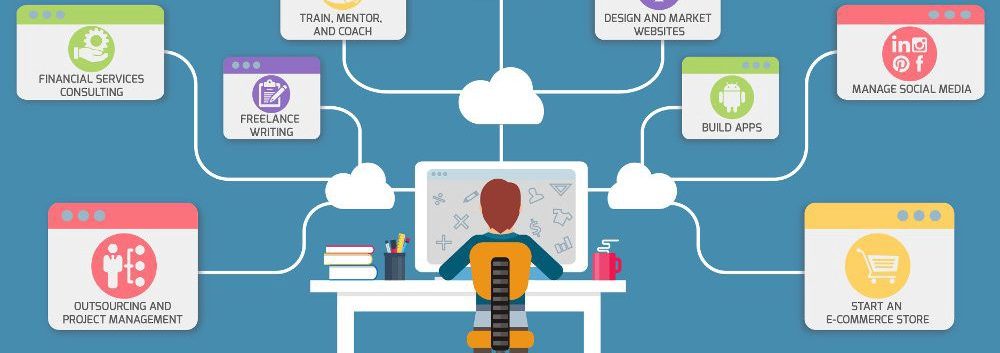The last few years have witnessed tons of enterprises around the globe migrating to the cloud. Thanks to the benefits and advantages provided by the cloud as well as the efforts taken by enterprises of all segments and marketers to push cloud as a staple diet for 2020 and beyond.
However, a recent survey states otherwise. It is observed that many enterprises jumped the cloud bandwagon without putting too much thought into their IT strategy and bore the brunt of it in return. As a result, a lot of enterprises began ‘unclouding’ or rather returning to their safe on-ground premises. While doing so, it is learned that these enterprises ended up making huge amounts of data loss, that too without taking a backup on their cloud servers. Sounds stupid, doesn’t it? More than sounding stupid, it is also sad how enterprises don’t think such things through and end up making a huge loss for themselves.
With this article, we aim to help you make sound decisions with simple and effective strategies that will work for you while choosing cloud hosting or even migrating from one provider to another. This, in effect, will help you save costs, maximize cloud hosting and even boost the performance of your website.
1. Classifying data before it is transported
The thumb rule pre-data migration or hosting while setting up cloud is to classify the data as important, semi-important or not important and prioritize their journey to the cloud. Classifying important files gives you an idea as to what actually has to go to the cloud and which ones can be done away with then and there. Failure to sort files or classify them can lead to surmounted costs while storing large data in the cloud.
One way of curbing these costs is, as mentioned above, the classification of data. Further, while slotting or classifying the data, you can club some of your unwanted files under redundant, old and trivial files so that disposing of them becomes much easier. In fact, that should be the normal segregation so that you can take a stock of all the unwanted files. The remaining files are the ones that are most important and those can easily be migrated or stored in the cloud.
2. Securing and maintaining sensitive data in the cloud
It is no surprise that enterprises that chose cloud hosting did not face any cyber attacks. It would be a lie to say that they didn’t. According to a recent survey, more than half of the enterprises cloud not detect malicious activities that were taking place in their cloud environments for ages. This essentially means nothing but enterprises lack the required visibility to secure their data in the cloud.
In a bid to minimize these security risks and recognize the cyberattacks taking place in the environment, it is of utmost importance to carry out audits time and again. This will facilitate the detection of any wrongdoings within the environment only to bring forth viruses in the files if any. Additionally, it would be wise to keep in mind DDC (Data Discovery and Classification), a tactic that allows enterprises to focus compliance as well as security efforts on sensitive data, in a bid to align with various IT and business processes. As if this weren’t enough one can also secure their cloud hosting environment from various attacks with the help of some of the best cloud security solutions in the market.
3. Overcoming budgetary and financial constraints
Enterprises go through huge ups and downs business-wise and sticking to targets gets difficult quarter-by-quarter. In the midst of all this, budgets also get cut to maintain the balance sheets. In such scenarios, IT budgets also get cut and cloud licenses do not get renewed or sometimes, the management decides to spend less on IT-cloud infra. This leads to problems at the organizational end, leaving the data of large enterprises dangling and out in the open for attacks.
To manage such a scenario, it is of utmost essence to drive home the importance and value of cloud security within the organization. A secure cloud website means a secure customer and all their details in safe hands which inevitably lead to more customers and more sales. Customers need to trust a website when they land on it and a secure cloud website is the only answer to this. Or else, doubts within the customer segments can spread quickly and mar the reputation of the website and the business in a larger scheme of things.
Conclusion
We hope you understood how you can be deft with your cloud hosting and migrating tactics without ruffling things as much. The final take away from all of this is that you need a good sense of how much data you want to store and how much you need not begin with.
With that as the starting point, you can easily make sure that your data stays within the cloud boundaries and that you do not end up spending too much on stuff that wasn’t important in the first place. Hoping that you have enjoyed reading this one. Cheers!


